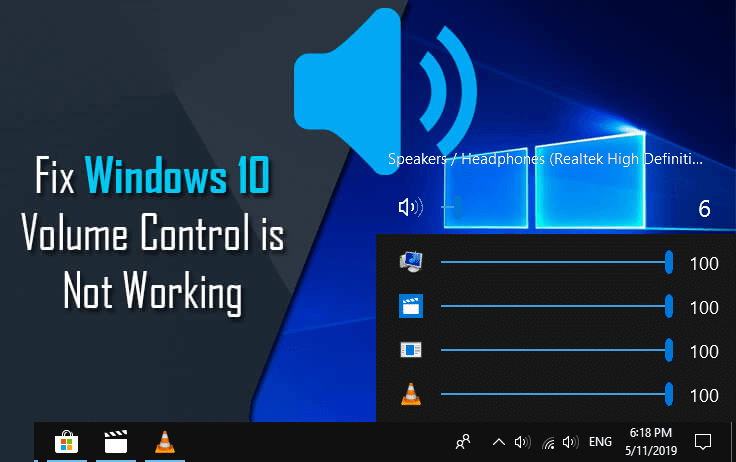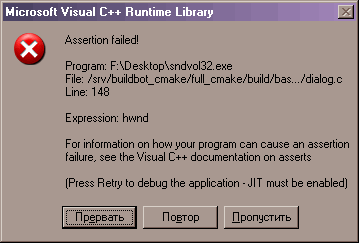

Here's an awesome powershell script found here : Tested on Windows 10 and 8. Still, if this approach doesn't work well, I don't expect it to cause problematic side effects. I don't recall if I actually tested this with that operating system. I just tried this in Windows I know I've used this in Windows 7 at least enough to test it out.Īs I first started to see Microsoft's built-in support for these enhanced keyboards around the time of Windows ME, I would think this is likely to work well win WinXP too. One caveat: This question has been tagged with Windows XP.

Minecraft usernameĪll that said, I haven't had troubles with it myself. It wouldn't surprise me if this code was less polished, and less likely to work on some of the various perhaps older hardware that's out there. At the time that Windows started supporting this, such a keyboard was basically a little-used frivolous feature that offered functionality that was previously available only with custom drivers.

This approach is using the technology of mimicking a keystroke, and specifically a volume control key on an enhanced media keyboard. I suspect that the level of reliability may be different on different machines. Helen's answer to Sibo Lin's StackOverflow question about this indicates muting isn't reliable, but volume-changing may not be quite as reliable. Note: I've had this approach work reliably on machines that I've attempted to use it on. I've released it as freeware, and you are welcome to visit www. It works a little more simply than what is described in some of the other posts on this page, here are some examples that you would enter at the command prompt. Having read these posts and having looked for alternatives I decided to write my own command line utility, called SetVol, to set the volume. NirCmd is an application that does that and more. Super User is a question and answer site for computer enthusiasts and power users.


 0 kommentar(er)
0 kommentar(er)
